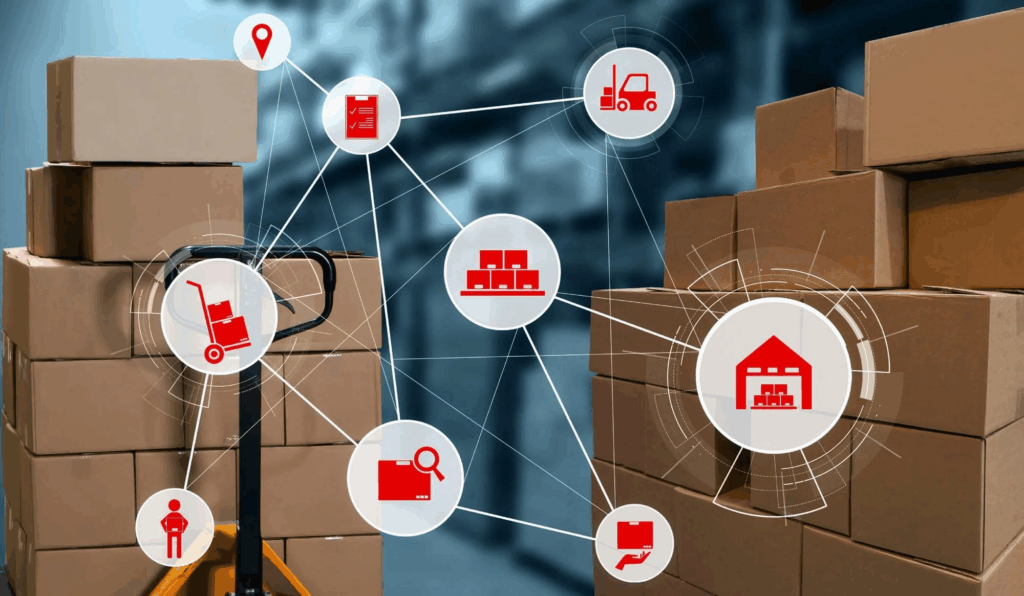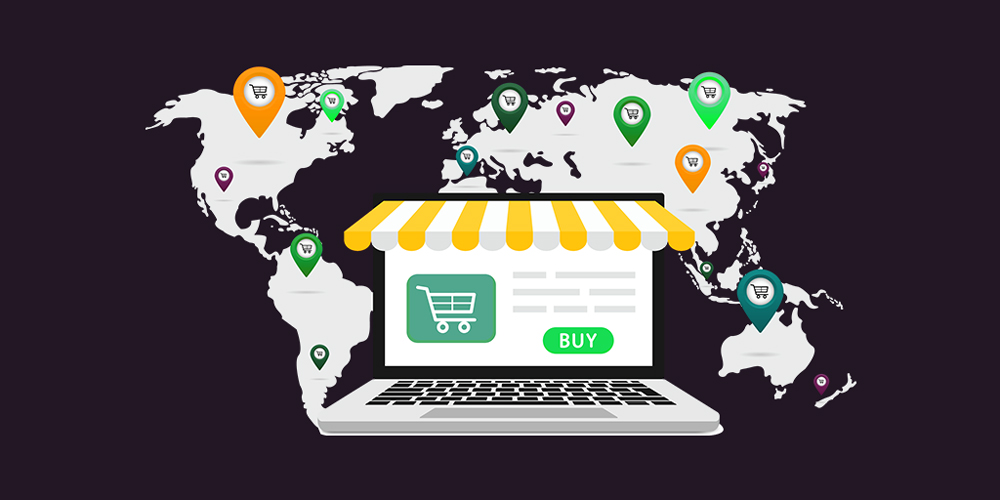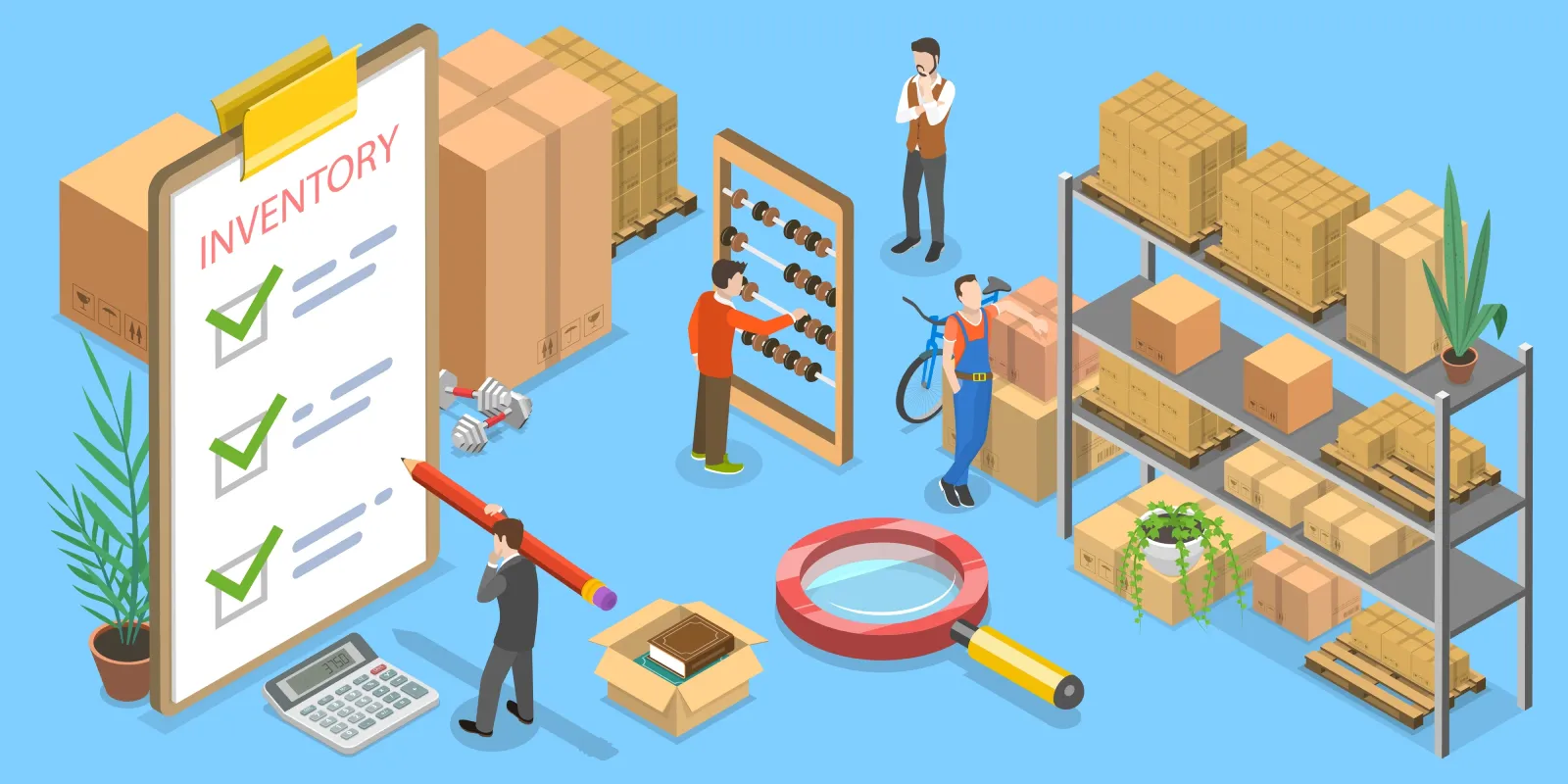How Real-Time Tracking Improves International Returns Management
Managing international returns has always been a pain point for global e-commerce and logistics companies. Delays, lost parcels, and communication gaps between carriers and customers can quickly erode trust and inflate costs. Real-time tracking changes that dynamic by providing visibility and control throughout the entire return journey. With platforms like PostalParcel, businesses can streamline return operations, reduce disputes, and deliver a smoother experience to both sellers and buyers.

Why International Returns Are So Complex
Multiple Carriers and Borders
International returns often involve several logistics providers, customs processes, and local couriers. Each step introduces potential delays and data fragmentation. Without unified visibility, sellers and customers are left guessing where a package is.
Lack of Standardization
Unlike domestic returns, global shipments lack consistent return labels and workflows. Some regions require customs forms, others need pre-approval codes. Managing these variables manually is time-consuming and prone to error.
Customer Expectations
Today’s online shoppers expect the same level of transparency for returns as for outbound shipping. If tracking updates are slow or incomplete, frustration rises, and repeat purchase rates drop.
The Role of Real-Time Tracking
Real-time tracking provides continuous updates from the moment a return is initiated to its arrival at the warehouse. It connects carriers, customers, and merchants under one data stream—reducing uncertainty and increasing accountability.
1. Immediate Visibility Across the Return Chain
Real-time data eliminates the traditional “blind spots” between handovers. Sellers can instantly see when a customer ships the item, when it clears customs, and when it arrives at the destination hub. This transparency makes it easier to predict restocking and refund timelines.

2. Automated Status Notifications
Customers no longer need to email support asking, “Has my return arrived yet?” With automated notifications, they receive clear updates at each milestone—pickup, customs clearance, and warehouse delivery. It builds confidence and reduces unnecessary support tickets.
3. Exception Management and Alerts
When a parcel is delayed, rerouted, or stuck in customs, real-time alerts let teams act before the problem escalates. PostalParcel, for example, flags anomalies automatically so staff can contact carriers or customers proactively.
Key Benefits for Businesses
Faster Refunds and Replacements
The moment a return is scanned at the destination, the system can trigger automatic refund or exchange workflows. This reduces processing time from weeks to days, improving cash flow and customer satisfaction.
Reduced Support Workload
With self-service tracking links, customers can monitor their own return progress. Support teams spend less time on status inquiries and more time solving genuine issues.
Accurate Inventory Planning
Knowing exactly when returned items will re-enter inventory helps avoid overstock or shortages. Real-time data supports just-in-time restocking, especially for fast-moving categories like electronics and fashion.
Better Data for Analytics
Return reasons, transit times, and route performance can all be analyzed to identify trends. Businesses gain actionable insights into product quality issues or problematic shipping zones.
How Real-Time Tracking Enhances Customer Experience

Transparency Builds Trust
When customers see updates in real time, they feel reassured that the process is moving forward. It transforms returns from a frustrating afterthought into a smooth, predictable experience.
Consistent Communication
A unified tracking interface gives customers the same experience regardless of country or carrier. They don’t need to switch between foreign courier websites or decipher unclear messages.
Personalized Support
If something goes wrong, customer service agents already have access to detailed tracking logs. They can respond faster and more accurately, reducing back-and-forth messages.
Integrating Real-Time Tracking Into Returns Management
1. Centralized Tracking Platform
A system like PostalParcel consolidates all carrier tracking data into one dashboard. Businesses no longer need to log into multiple portals. This centralized view helps manage international returns efficiently, even across dozens of countries.
2. API and Webhook Integration
With modern APIs, tracking updates can flow directly into ERP or warehouse systems. Automated triggers—such as refund approvals or reshipments—can run based on live tracking events.
3. Return Labels with Embedded Tracking

Every label can include a pre-generated tracking ID linked to the real-time monitoring system. This ensures traceability from pickup to final inspection, even for cross-border returns.
4. Multi-Language Support
Localization is crucial for international customers. Providing tracking pages in the buyer’s native language improves clarity and reduces confusion during the return process.
Overcoming Challenges in Real-Time Returns Tracking
Data Synchronization
Not all carriers update their systems at the same frequency. Some may provide data every few hours, rather than in real-time. A robust platform like PostalParcel normalizes and synchronizes these updates to keep records accurate.
Customs and Regulatory Barriers
Cross-border returns often get delayed at customs. Having a system that tracks customs status codes in real time allows businesses to prepare documents or pay duties promptly, preventing further delays.
Integration Complexity
Linking multiple carriers and systems can be challenging for small teams. Cloud-based platforms with prebuilt integrations simplify this process and reduce the technical burden on businesses.
Practical Use Cases
E-commerce Retailers

Online sellers with global customers can use real-time tracking to shorten return cycles and maintain brand reputation. Customers from different regions see the same level of transparency and professionalism.
Third-Party Logistics (3PL) Providers
For logistics companies handling multiple clients, a centralized tracking platform reduces manual data entry and provides consistent reporting across clients.
Repair and Refurbishment Centers
When customers send defective products for repair, tracking progress builds confidence and prevents confusion about item location or repair status.
Best Practices for Implementing Real-Time Tracking
- Integrate Early – Connect tracking systems with your return management workflow from the start.
- Automate Notifications – Set up SMS or email alerts for key milestones.
- Prioritize Data Accuracy – Verify carrier data formats and timestamps regularly.
- Localize Content – Offer tracking interfaces in the customer’s preferred language.
- Leverage Analytics – Use historical return data to forecast trends and optimize shipping routes.
The Future of International Returns with Real-Time Tracking
As global e-commerce continues to expand, returns will only grow in volume and complexity. Real-time tracking is becoming a baseline expectation rather than a premium feature. It bridges communication gaps, prevents delays, and strengthens the connection between sellers, carriers, and customers.
Platforms like PostalParcel lead this transformation by turning fragmented logistics data into unified visibility. With every scan and update, the system brings clarity, speed, and reliability to what was once a chaotic process. The result is not just smoother operations but a stronger relationship between businesses and the global customers they serve.
Industry Insights
news via inbox
Nulla turp dis cursus. Integer liberos euismod pretium faucibua








